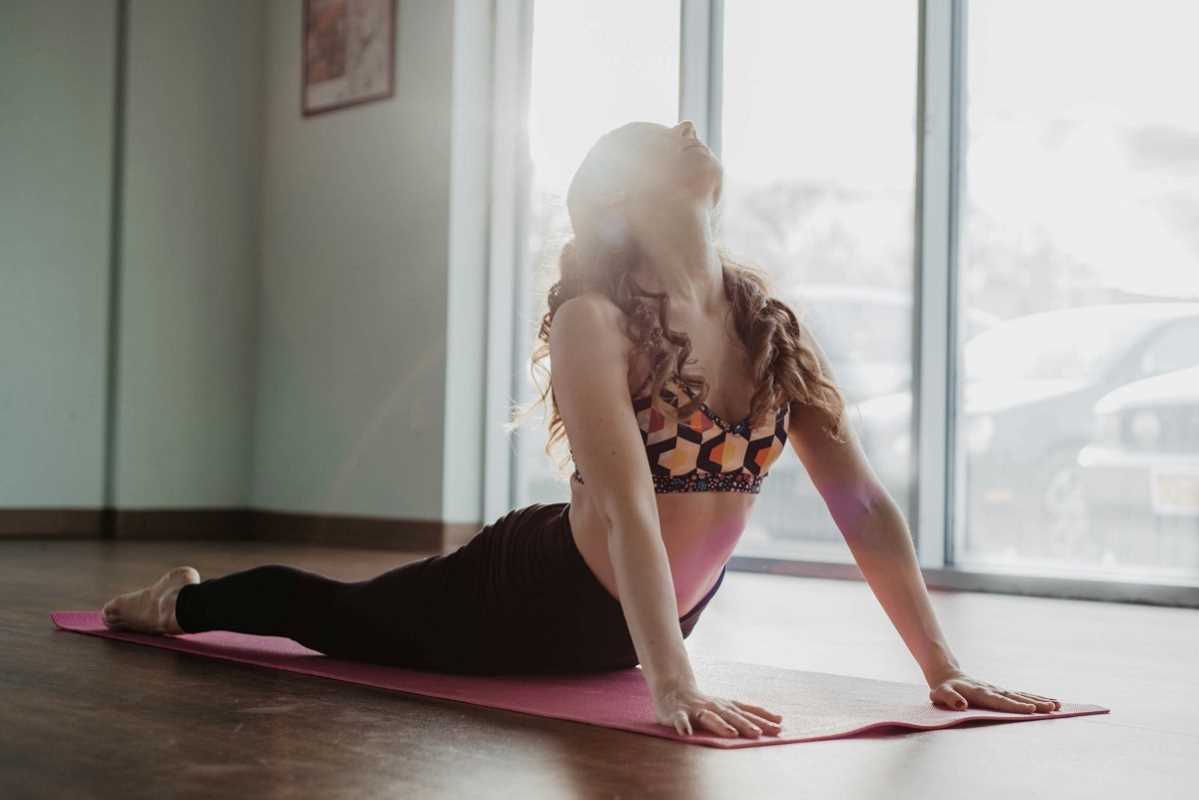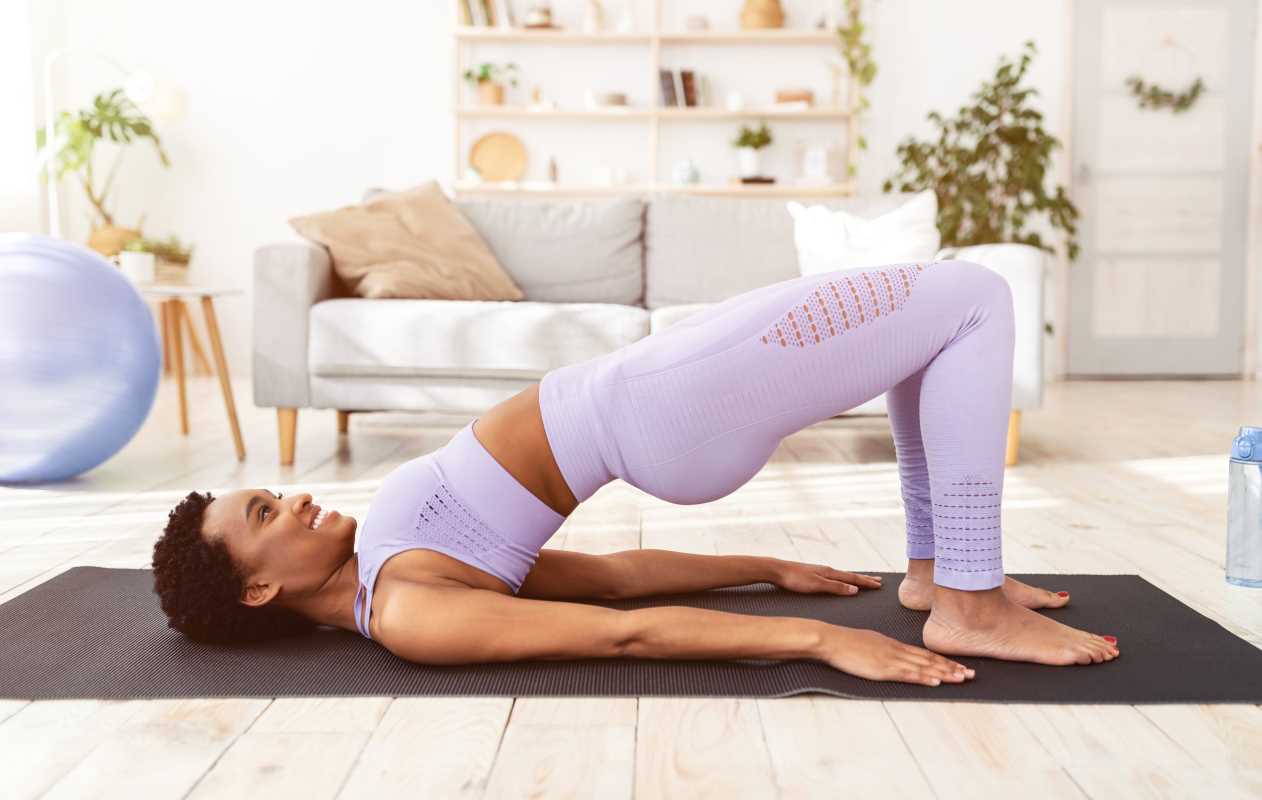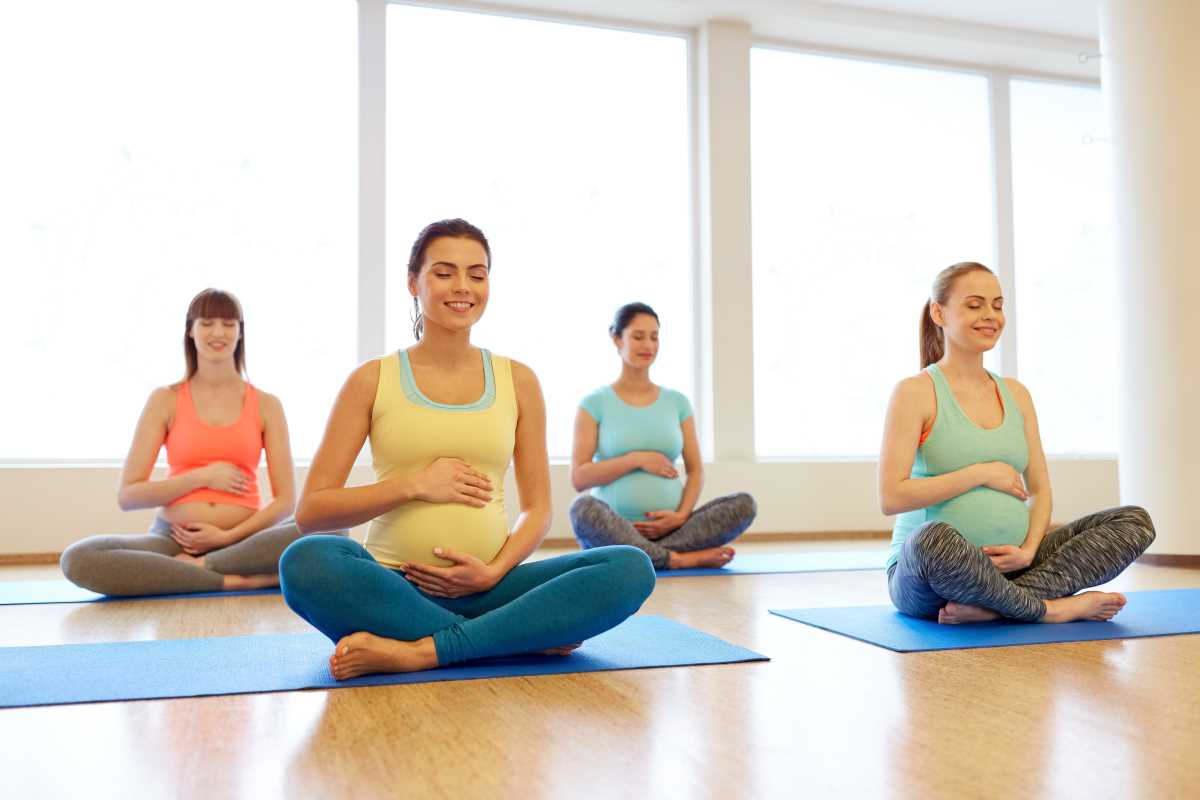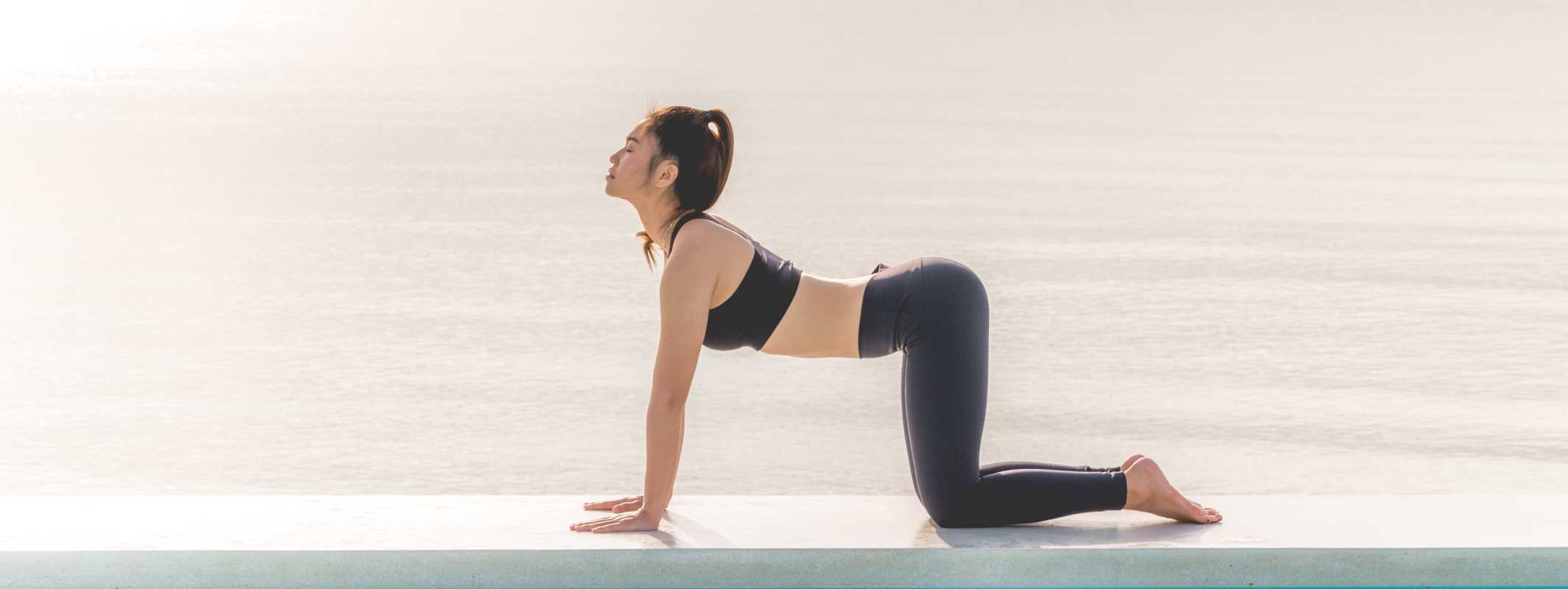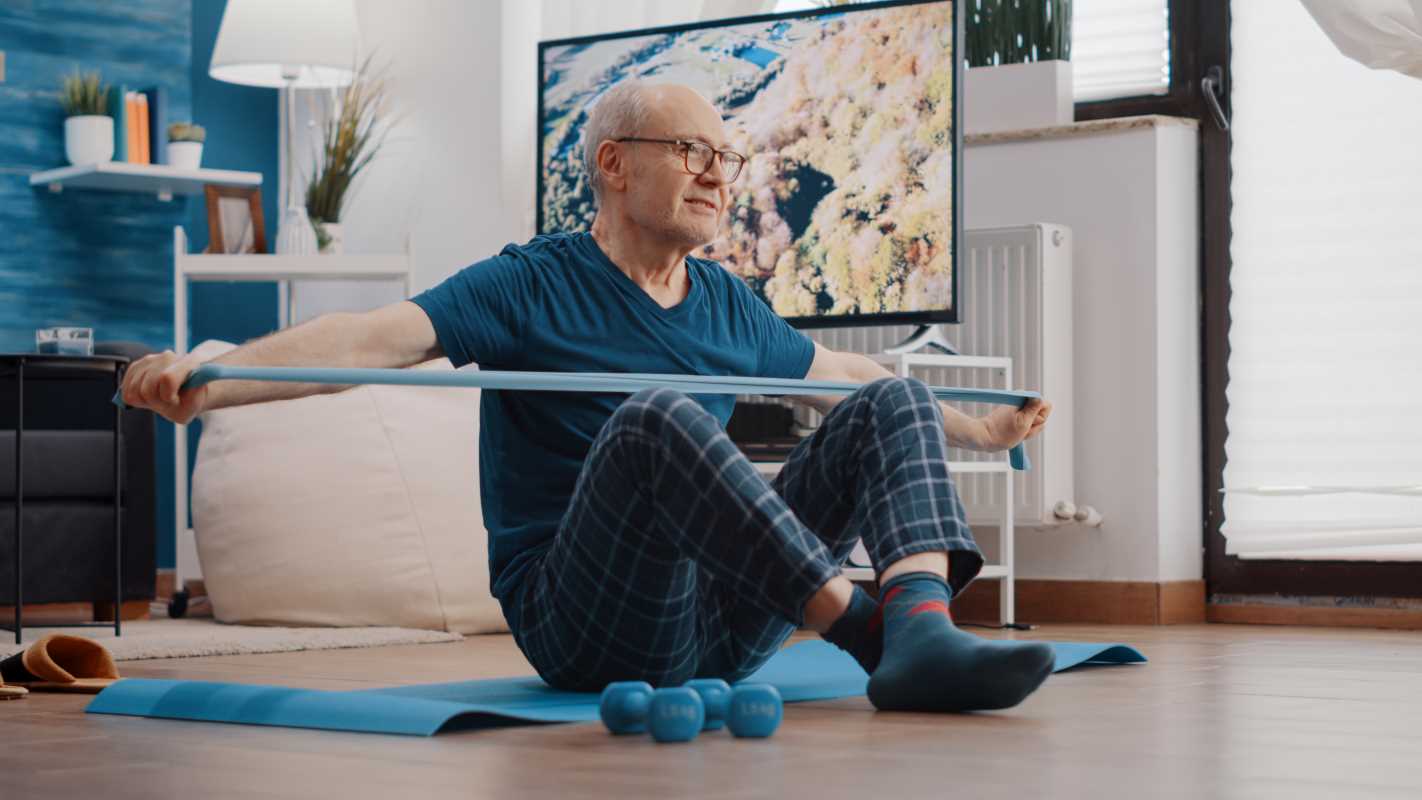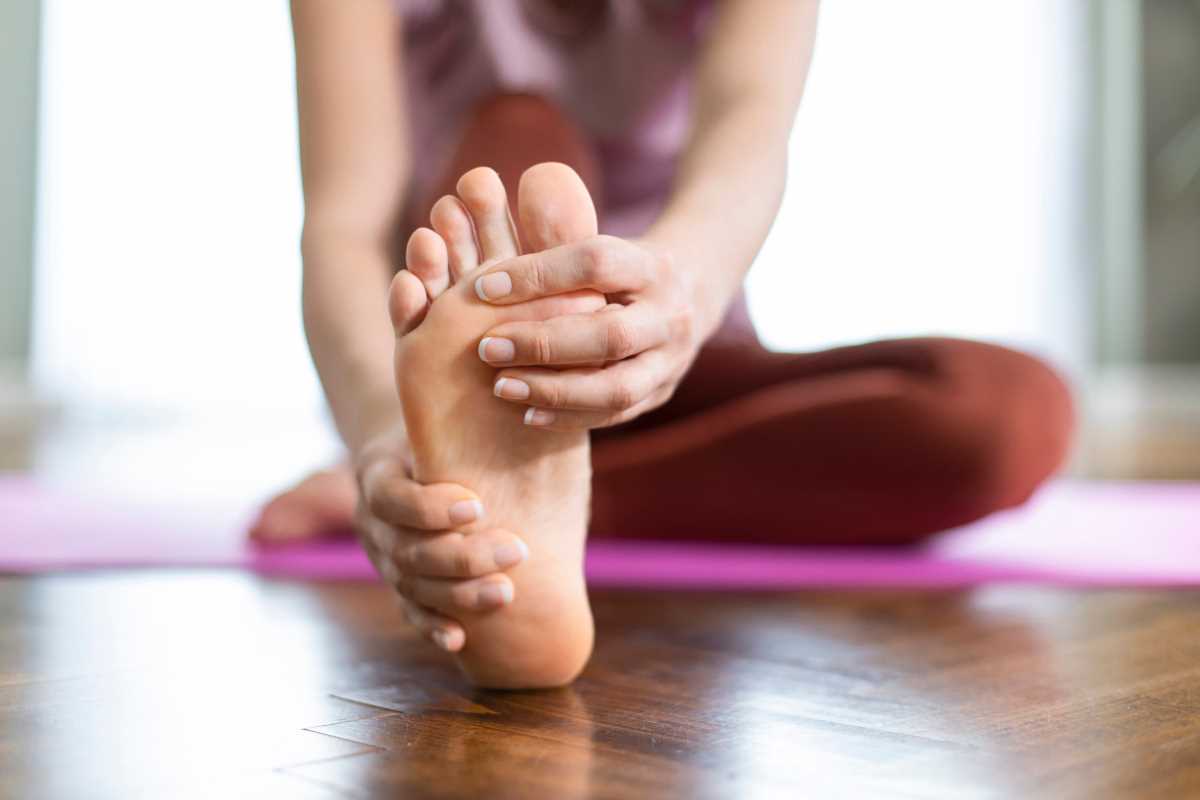Dealing with chronic knee pain can make staying active pretty difficult. High-impact activities like running or jumping are often off the table, leaving you to wonder how to safely get your cardio in without worsening the pain. Cardio machines can be a perfect solution. Many options are designed to accommodate low-impact movements, protecting your knees and allowing you to improve cardiovascular fitness, burn calories, and boost mobility. These are the best cardio machines for people with chronic knee pain. We'll also explain how each can help you stay active without discomfort. With the right tools, staying fit becomes manageable and enjoyable.
1. Elliptical Trainer
The elliptical machine provides a smooth, gliding motion that reduces impact on your knees and delivers a high-quality cardio workout.
- Why it helps: The elliptical allows you to mimic natural walking or running motions without the knee-jolting impact. It also engages your arms and legs, distributing effort evenly across your body, which reduces strain on any single joint.
- How to use: Start with a low resistance setting and focus on maintaining a steady pace. Use the handles for extra support or an upper-body workout.
Ellipticals are reliable choices for gently strengthening leg muscles, improving circulation, and keeping stress on the knee joint minimal.
2. Recumbent Bike
The recumbent stationary bike provides a safe and comfortable way to exercise your lower body. Its design allows you to sit back with full back support, taking pressure off your knees.
- Why it helps: The reclined position keeps your knees at a safe angle during pedaling and removes unnecessary strain on your joints. You can adjust the resistance levels to tailor your workout to your comfort level.
- How to use: Set the seat so your legs extend almost fully when pedaling, keeping your movements controlled and steady.
This bike targets the quadriceps and hamstrings, which support and stabilize the knee, providing a low-impact cardio boost.
3. Rowing Machine
The rowing machine combines a full-body workout with minimal knee strain. It engages your legs, core, and upper body. It also provides a heart-pumping cardio session.
- Why it helps: Rowing involves pushing through your legs in a fluid motion that doesn’t involve hard impact. It also strengthens your posterior chain (backside muscles), which can help with overall knee stability.
- How to use: Adjust the resistance to a low or medium setting and focus on keeping your movements fluid. Avoid locking your knees as you push off.
By engaging both your upper and lower body, rowing builds strength and endurance while going easy on the knees.
4. Stationary Upright Bike
The upright stationary bike offers a more traditional cycling experience compared to the recumbent bike. It’s a fantastic pick for improving knee health when used correctly.
- Why it helps: The circular pedaling motion strengthens muscles around the joint and also keeps movement low-impact. Adjusting the seat height properly makes sure your knees don’t bend excessively.
- How to use: Position the seat so your knees are slightly bent at the bottom of each pedal stroke, and start with low resistance.
Upright bikes improve mobility and stamina while gently working knee-supporting muscles like the quadriceps and calves.
5. Treadmill with Incline Settings
Walking on a treadmill is one of the simplest and most effective ways to get moving, and the incline setting makes it more knee-friendly.
- Why it helps: Walking uphill activates muscles in the thighs and glutes, reducing the force on your knees compared to walking downhill. Soft treadmill surfaces are also easier on joints compared to hard pavement.
- How to use: Set the incline to a gentle slope and focus on controlled, steady steps. Avoid holding onto the handrails unless you need extra stability.
Incline walking boosts endurance and strengthens leg muscles without adding unnecessary stress to the knees.
6. Hydraulic Rowing Machine
Unlike traditional rowers, hydraulic rowers are smaller and more compact, often using pistons for resistance. This design can offer a more controlled motion for individuals with limited knee flexibility.
- Why it helps: Hydraulic resistance allows for smooth and adjustable movements that don’t jar the knees. This machine lets you work at your own pace and work key muscle groups.
- How to use: Maintain good posture and control the pull-and-release motion to avoid straining your joints.
The adaptability of hydraulic rowers provides a safe, low-impact option for people with chronic pain.
7. Water Rowing Machine
Water rowing machines simulate the experience of rowing on water, creating a smooth and joint-friendly cardio option.
- Why it helps: The fluid resistance is gentler and more natural, which reduces stress on your knees. The continuous motion improves cardiovascular health while toning your core and back muscles.
- How to use: Maintain steady and controlled movements and keep good form. Adjust the resistance based on your fitness level.
Water rowers are not only effective but also therapeutic, with the water sounds adding a calming element to your workout.
8. Pool Treadmill
Designed for use in water, pool treadmills take the benefits of walking and combine them with the added support of buoyancy.
- Why it helps: Water reduces the impact of your body weight on your joints, allowing your knees to move freely without discomfort. The resistance of water also enhances muscle strength while protecting your knees.
- How to use: Walk on the treadmill at a slow and steady pace to get accustomed to the water resistance. Focus on maintaining proper posture.
Pool treadmills are perfect for those who struggle with weight-bearing activities or need a gentle reintroduction to exercise.
Tips for Getting the Most Out of Your Cardio Machines
- Start slow: Begin with short, low-intensity sessions and gradually increase the duration and resistance as your comfort level improves.
- Mind your posture: Maintain proper alignment to avoid unnecessary strain on your knees or other joints.
- Focus on smooth motion: Avoid abrupt or jerky movements, which can exacerbate pain or strain.
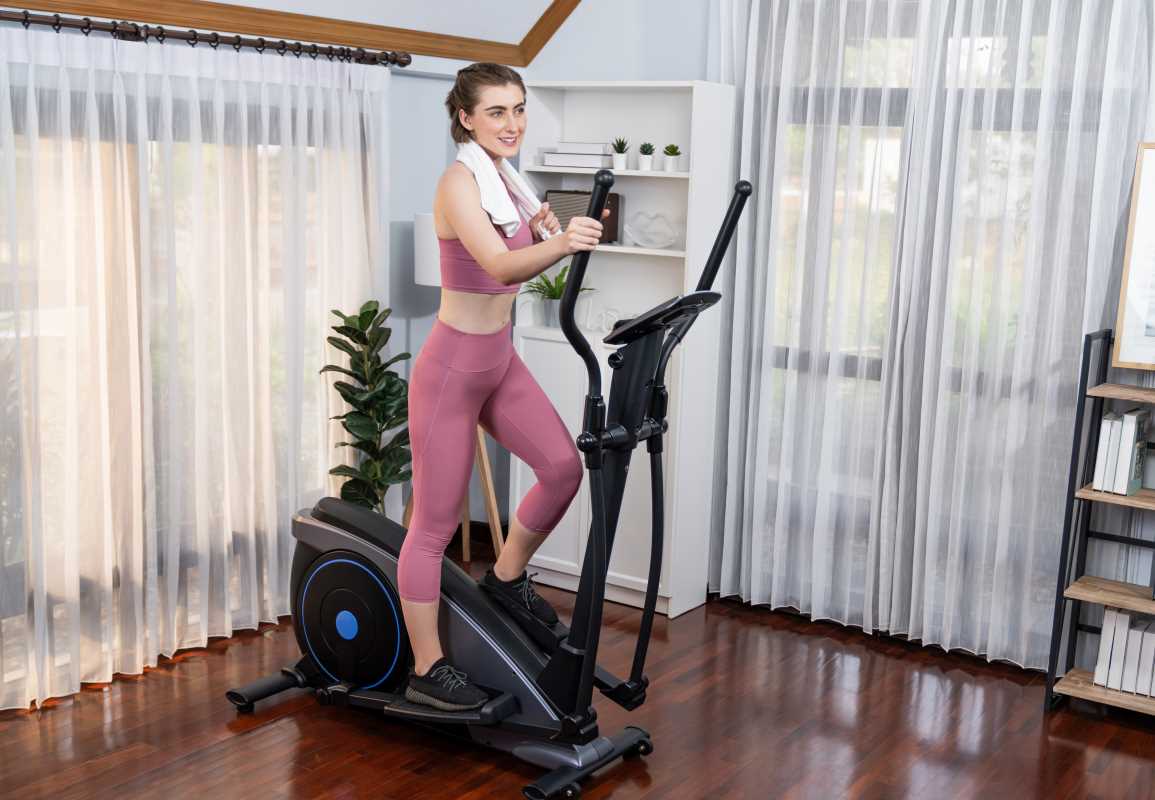 (Image via
(Image via